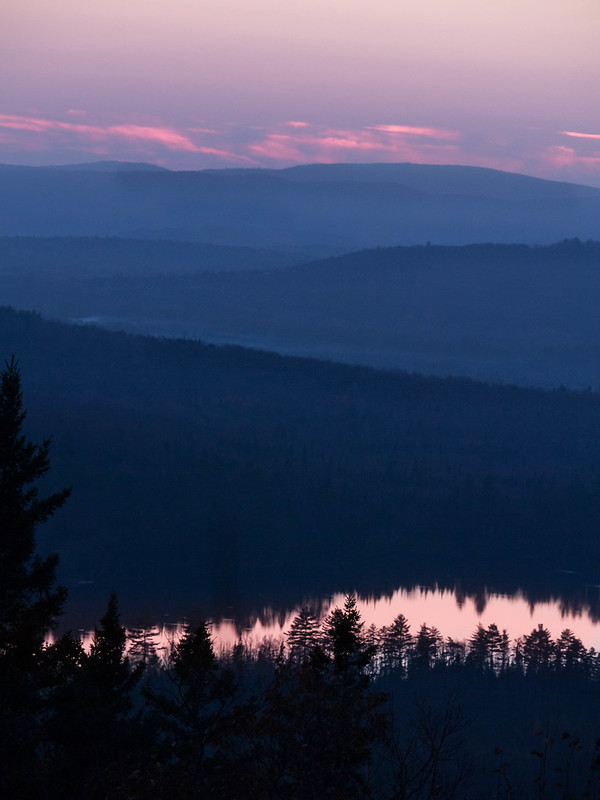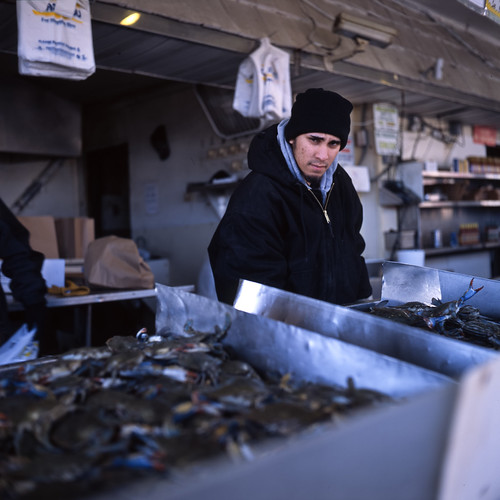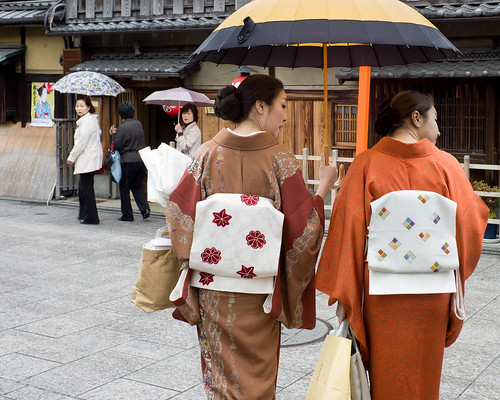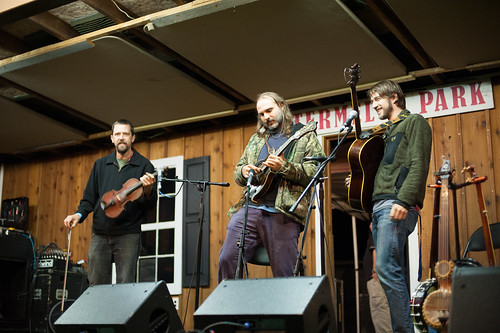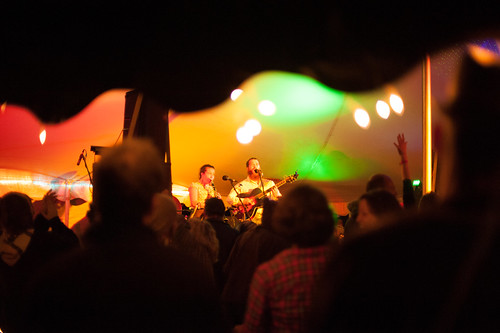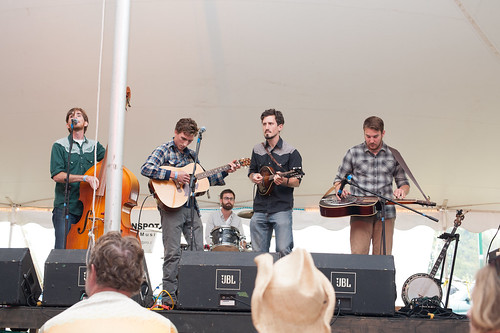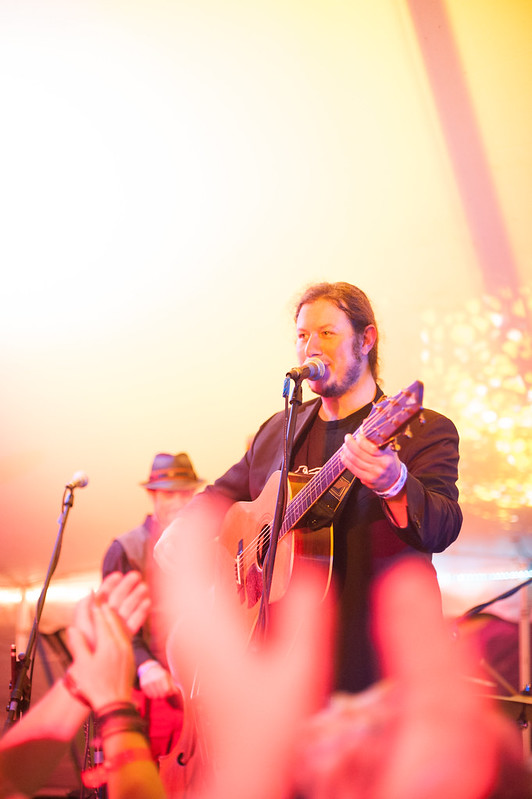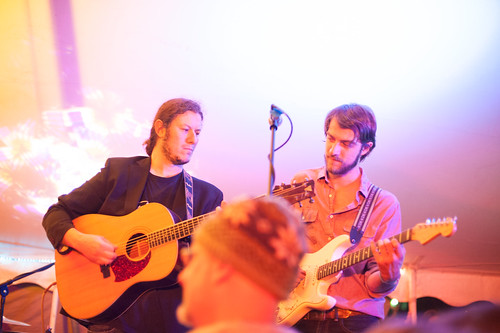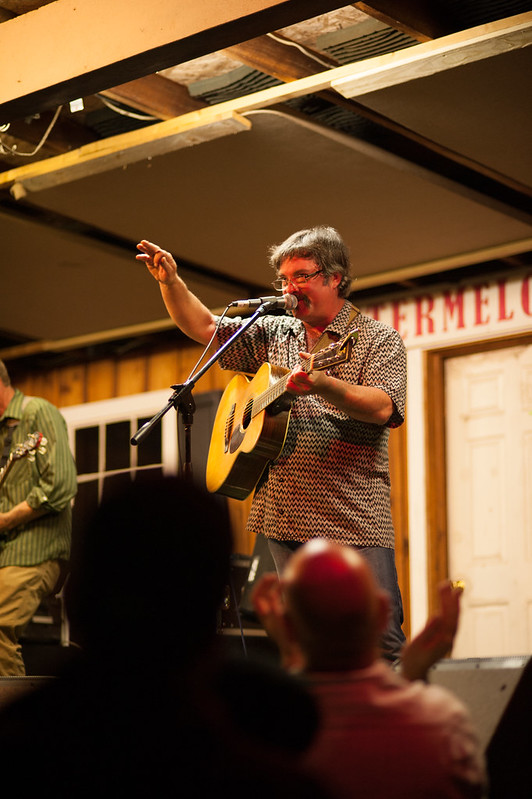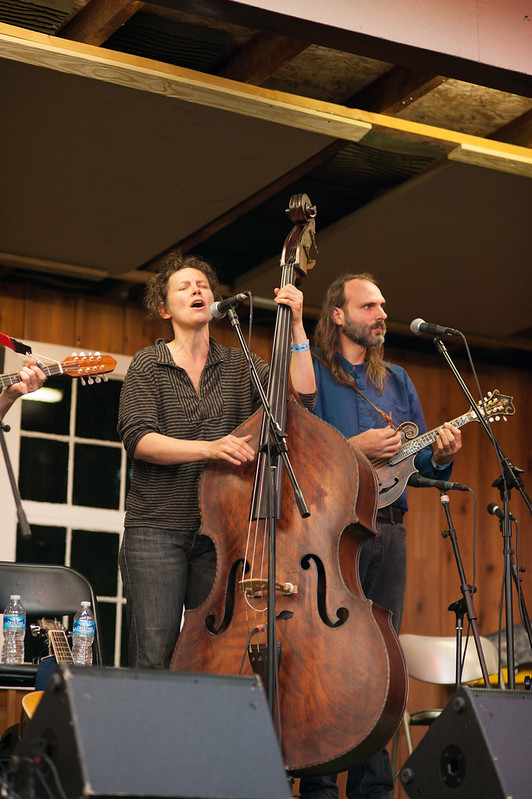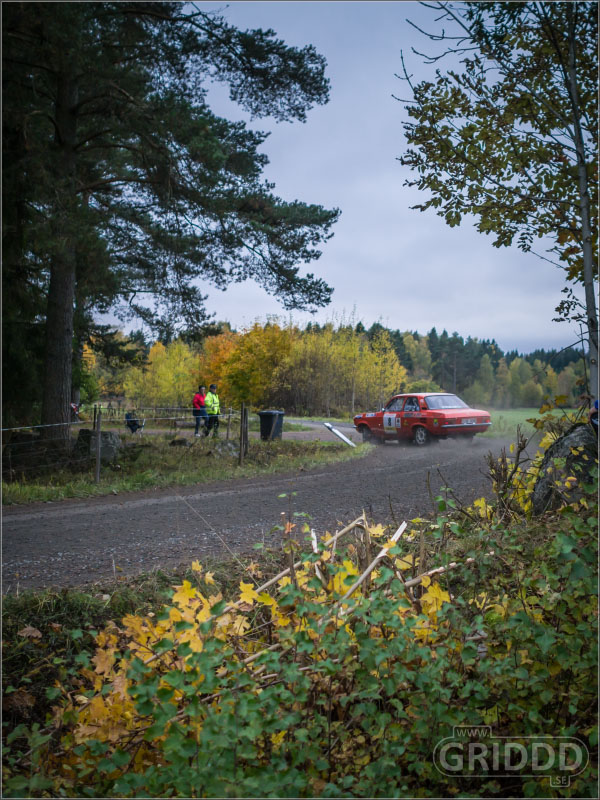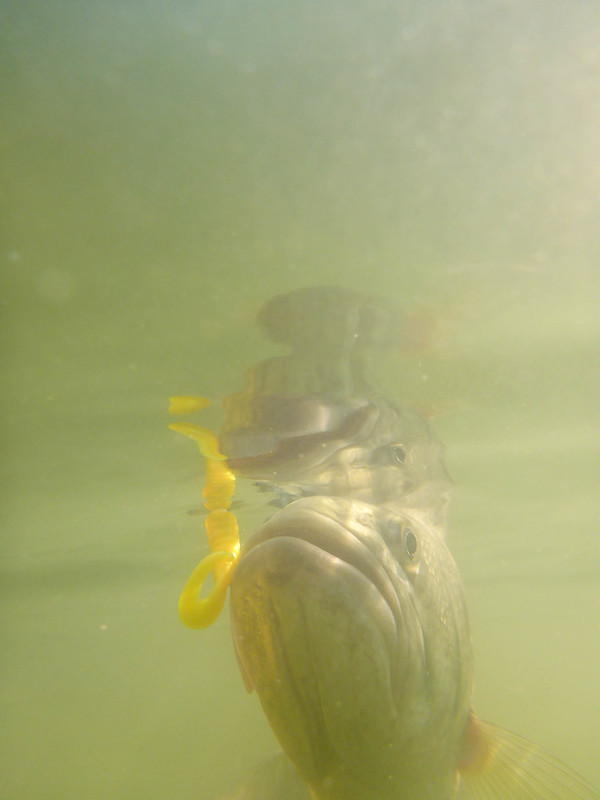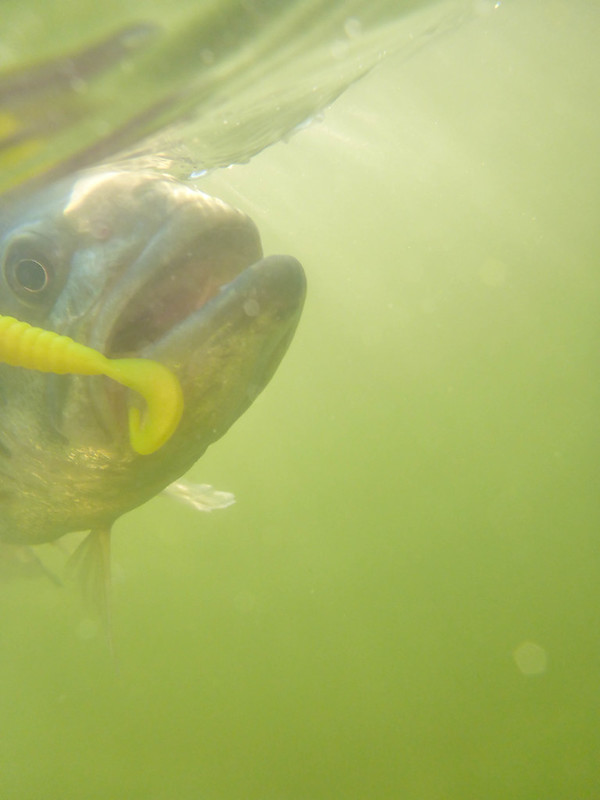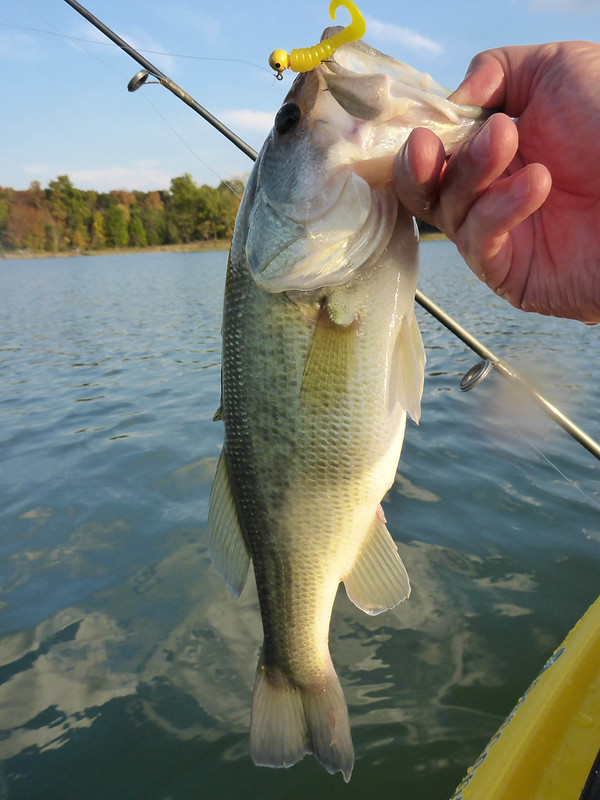I've been shooting a lot of live music and local musicians over the past few years. It's a wonderful project, and has helped me to meet a lot of great people, musicians and fans alike.
Every September, I look forward to the Watermelon Park Festival, held in Berryville, Virginia, about an hour from my home. It's a great time of year to be outdoors, camping, listening to great music. This year was no exception.
There will soon be a review of the festival written by Jim McWalters on the live music blog Cosmic Vibes Live. It will include photos from both Jim and myself.
Here are my pics from the festival.
Impromptu Music with David Van Deventer, Danny Knicely, and Jared Pool, by Reed A. George
Nikon D700, Nikkor 50mm f1.4 AF-D Lens
iso 1600, f2, 1/125 sec.
The Plank Stompers, by Reed A. George
Nikon D700, Nikkor 85mm f1.8 AF-D Lens
iso 400, f4.8, 1/250 sec.
The Bumper Jacksons, by Reed A. George
Nikon D700, Nikkor 50mm f1.4 AF-D Lens
iso 3200, f1.4, 1/250 sec.
The Green Boys, by Reed A. George
Nikon D700, Nikkor 50mm f1.4 AF-D Lens
iso 800, f4.8, 1/125 sec. With Fill Flash
The Green Boys, by Reed A. George
Nikon D700, Nikkor 85mm f1.8 AF-D Lens
iso 800, f4.8, 1/125 sec. With Fill Flash
Watermelon Boat Float!, by Reed A. George
Nikon D700, Nikkor 50mm f1.4 AF-D Lens
iso 400, f8, 1/250 sec.
Dwayne Brooke of The Woodshedders, by Reed A. George
Nikon D700, Nikkor 50mm f1.4 AF-D Lens
iso 3200, f1.7, 1/125 sec.
Dwayne Brooke and Jared Pool of The Woodshedders, by Reed A. George
Nikon D700, Nikkor 50mm f1.4 AF-D Lens
iso 3200, f1.7, 1/125 sec.
David Van Deventer of The Woodshedders, by Reed A. George
Nikon D700, Nikkor 50mm f1.4 AF-D Lens
iso 3200, f1.7, 1/125 sec.
Dwayne Brooke and Jared Pool of The Woodshedders, by Reed A. George
Nikon D700, Nikkor 50mm f1.4 AF-D Lens
iso 3200, f1.4, 1/125 sec.
Larry Keel, by Reed A. George
Nikon D700, Nikkor 85mm f1.8 AF-D Lens
iso 1600, f2, 1/180 sec.
Larry Keel, by Reed A. George
Nikon D700, Nikkor 85mm f1.8 AF-D Lens
iso 1600, f2, 1/180 sec.
Aimee Curl and Danny Knicely of Furnace Mountain Band, by Reed A. George
Nikon D700, Nikkor 85mm f1.8 AF-D Lens
iso 800, f2.8, 1/125 sec.
Hoopin' It Up!, by Reed A. George
Nikon D700, Nikkor 50mm f1.4 AF-D Lens
iso 800, f2.8, 1/2 sec.
This festival presents a lot of opportunities to test my photographic skills. This year, I took the D700, 20mm f2.8, 50mm f1.4, and 85mm f1.8 autofocus lenses. I shot in daylight, dark, with and without flash. The flash came in real handy in the dance tent during the day, as in the Green Boys shots above.
I will admit that I was a pretty lazy photographer on this particular weekend. This festival has become a great relaxation for me. I guess that's a pretty good thing in itself.
I do have some film shots, taken with my Leica CL and Rokkor 40mm f2.8, but the film is off at The Darkroom for processing. I'll share those later.
DMC-365.blogspot.com
This book (below) includes some great festival photography, including some by my buddy J. Milo Farineau.


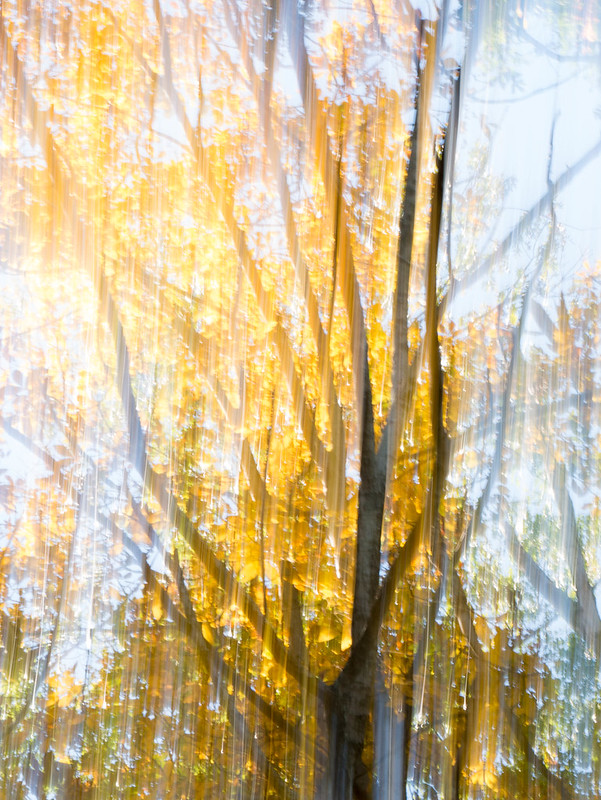
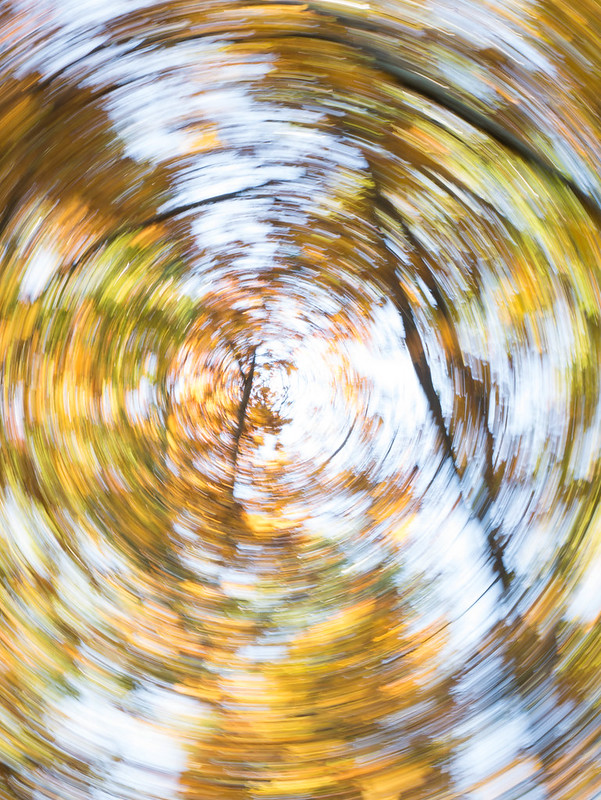



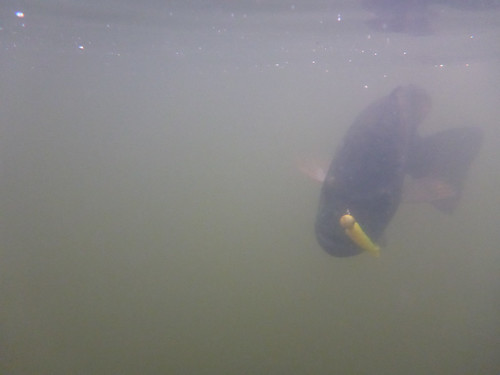
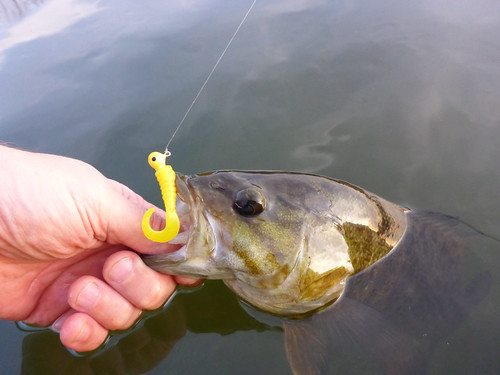


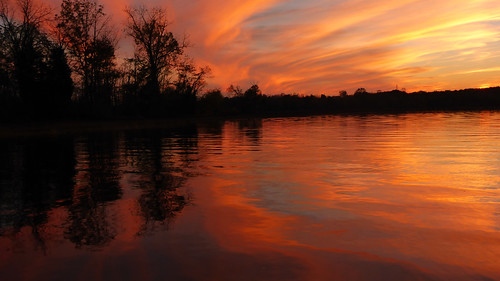
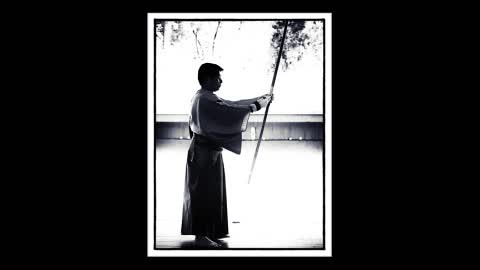


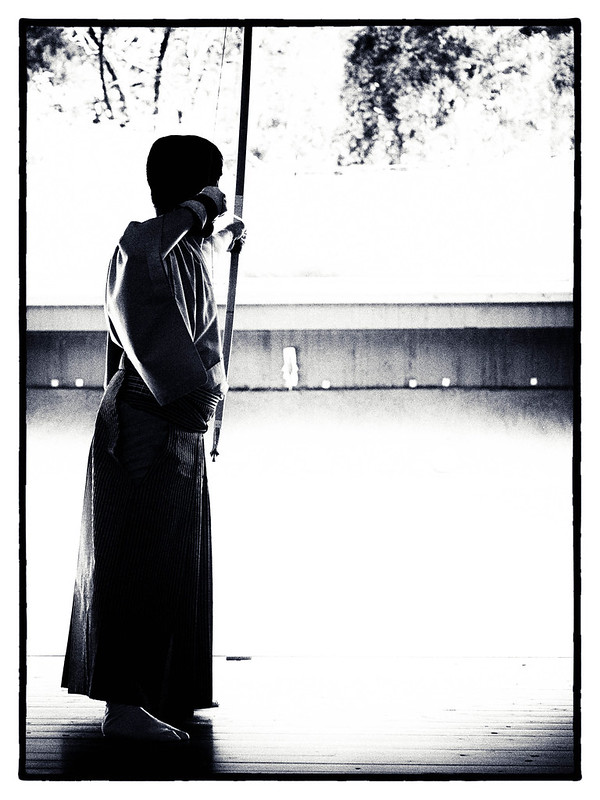

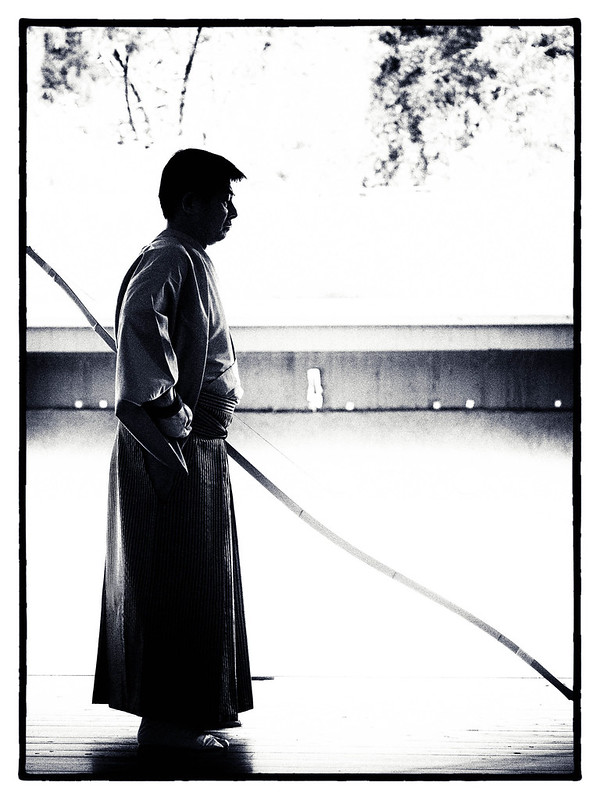

.jpg)
